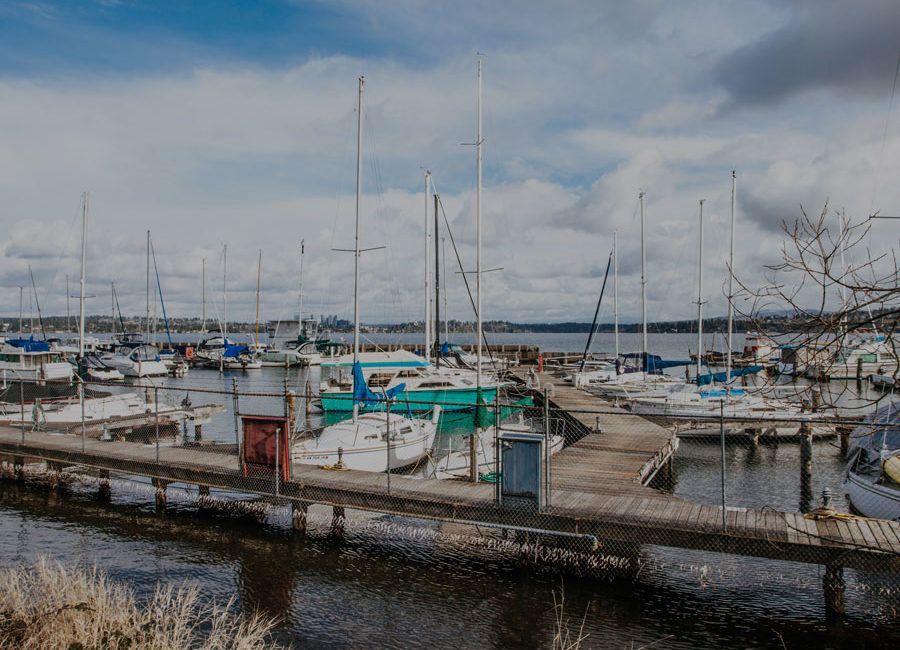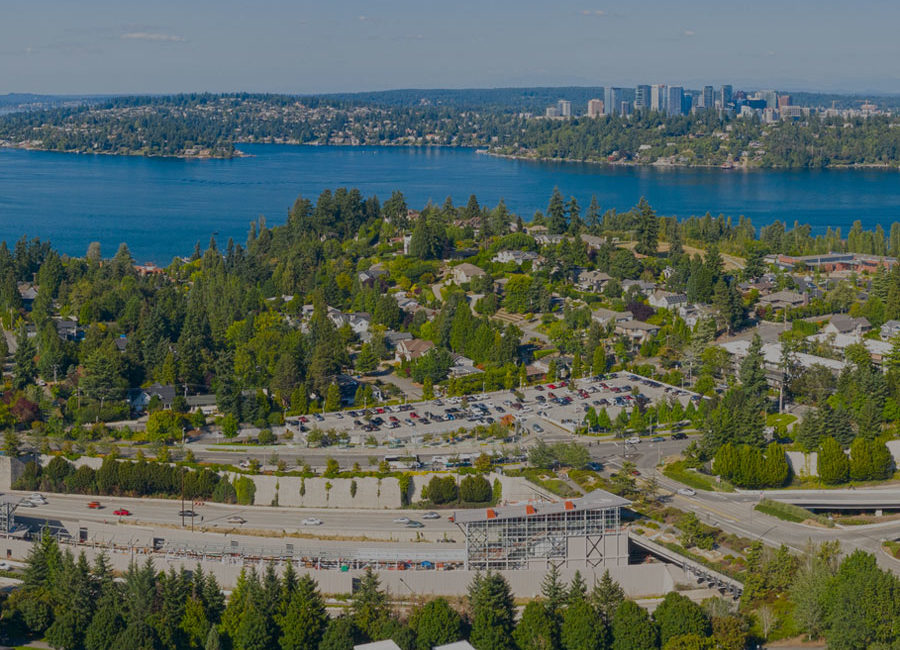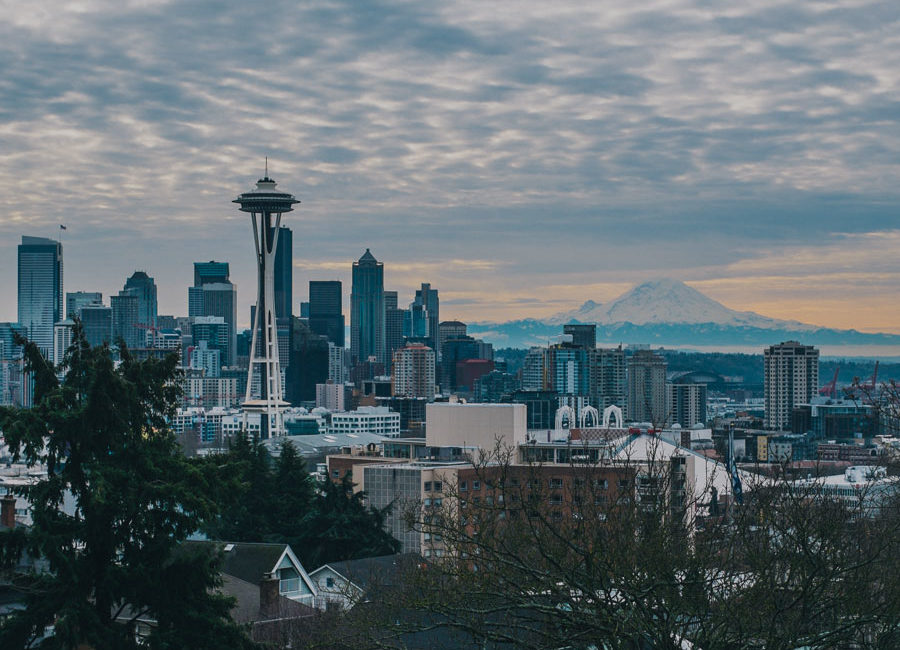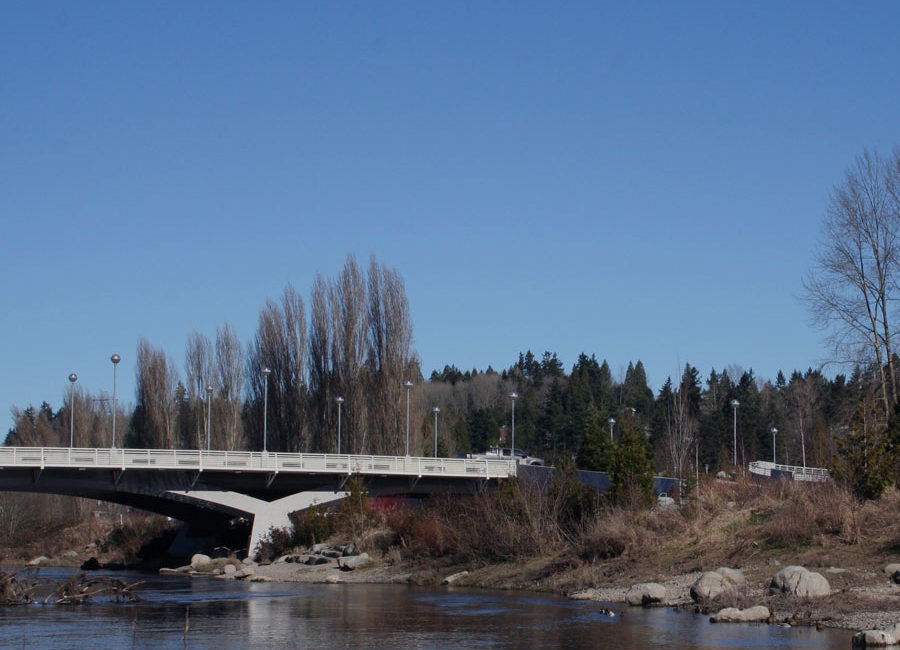Capitol Hill –
The Cultural Heart of Seattle
Capitol Hill is one of the best-known neighborhoods in the Emerald City, vibrant with culture and nightlife in addition to its significant role in Seattle’s history. There is so much to do and experience, day and night. By day, sip a delicious cappuccino at Victrola Coffee Roasters, find a good book at Elliott Bay Book Company, or relax in Volunteer Park after browsing in galleries and shopping at some of the neighborhood’s best boutiques. At night, Capitol Hill restaurants, bars, and clubs make the neighborhood come alive — and stay that way until the wee hours.
2019 Data at a Glance
Average Home Price:
$656,400
Average Rent:
$2,242/month
Home price trend:
-6.9%
Walk Score (1-100):
91
Number of Parks:
3
Pros of Living in Capitol Hill
Capitol Hill is still considered the cultural epicenter of the city of Seattle, but in recent years, it has also become an epicenter for the city’s gentrification. Micro-studios and mini-apartment rentals have cropped up throughout the neighborhood to offer more affordable living options for the students and creative workers who are still drawn to the area.
New bars and restaurants are opening all of the time, and some of Seattle’s favorite eateries have been drawing customers to the neighborhood for decades. Seattle Eater has labeled Capitol Hill as a creative culinary powerhouse, which is certainly fitting.
Cons of Living in Capitol Hill
For families with young children and those who prefer a quieter nightlife, it will likely be preferable to locate further away from Broadway and the Pike and Pine corridors, where the majority of the restaurants, bars, and clubs are located. Accordingly, parking can be hard to find in these high-traffic areas, especially because many of the neighborhood’s apartment buildings are older and do not have underground parking facilities for their often transient residents.
History of Capitol Hill, Seattle
The Denny party landed at Alki Beach in late 1851, and Seattle was founded as an official town nearly 18 months later, on May 23rd, 1853. Capitol Hill wasn’t developed until the early 1900s, however, since it was covered with trees that the local timber industry logged throughout the 1880s and 1890s.
The neighborhood’s first landowner and developer was James Moore, who purchased his first parcel of land in 1900. At the time, the area was known as Broadway Hill, named for the neighborhood’s main thoroughfare.
Origins for the current name are disputed, but it has been rumored that Moore renamed it either in hopes that the federal government would relocate Washington state’s capital to Seattle, or for his wife’s hometown neighborhood in Colorado — or both. Up until the 1980s, “Catholic Hill” was also a nickname for the neighborhood, inspired by the significant Roman Catholic population that lived there.
When Boeing laid off nearly 50,000 of its employees in the Northwest in the 1970s, Capitol Hill was especially hard-hit, since many of the blue collar workers were Catholic and lived in this area. But the depression sparked the counterculture revival that defined Capitol Hill into the 1980s, and low rents brought artists, activists, and ex-hippies to congregate. Capitol Hill also welcomed the LGBTQ community more than most neighborhoods nationwide, and in 1982, the first ever Gay Pride Week was held on Broadway.
Seattle’s residential architecture — both single-family and apartment and condo buildings — is rich in the Capitol Hill neighborhood even today. However, many buildings constructed right after World War II were disparaged by architects such as Victor Steinbrueck for the lack of privacy afforded by large windows and open outdoor corridors.
Home Prices in Capitol Hill
Housing in Capitol Hill is uniquely situated, with more apartment complexes in the area that is west of Broadway, while single-family residences are more prominent on the Lake Washington side of the thoroughfare. Closer to Volunteer Park, which is at the north end of the neighborhood, the larger and more high-end homes are set on pristine lots with luxurious landscaping. Condos can be found sprinkled throughout the neighborhood.
While the majority of the population of Capitol Hill is single and residing in the neighborhood temporarily, there are some families, couples, and singles who have made the area their permanent residence. Along with the rest of Seattle, Capitol Hill home values have increased radically in recent years, but the market has cooled in the past 12 months. Between October 2019 and October 2018, the median home value in Capitol Hill declined by -6.9% to $656,400, with the average price per foot being $651 (the average in Seattle is $512).
The average rent in the neighborhood is $2,242 and has been steadily rising along with the rest of Seattle’s rents.
Walk Score & Transportation in Capitol Hill
Although attempting to get to Capitol Hill from other parts of the city can be a challenge around rush hour, the neighborhood is quite accessible for commuters. Interstate 5 borders the neighborhood along the west side, with multiple exits and entrances to distribute the traffic.
Capitol Hill has a walk score of 91, and is the ninth most walkable neighborhood in the city. It’s also very accessible for cyclists and transit commuters, particularly since the March 2016 opening of the Capitol Hill Station for the Link Light Rail. This station connects people to the University of Washington to the north, and all the way to Seatac International Airport to the south.
Unique Gems in Capitol Hill
In addition to dozens of delicious restaurants, cocktail lounges, and boutiques to visit in Capitol Hill, there are a few unique gems to check out when you’re looking for something special — day or night! Each summer in July, be sure to join in the festivities at the Capitol Hill Block Party, a three-day celebration of music, art, and the Capitol Hill neighborhood.
Ghost Gallery: Regional designers and artists are on showcase at Ghost Gallery, a boutique and curated collection on view from the heart of Capitol Hill. You can shop for some truly unique pieces of visual art and handmade jewelry, as well as find some special wines and an apothecary shop.
Seattle Asian Art Museum: After being closed for renovations and a major expansion, the Seattle Asian Art Museum will reopen in February 2020. The 1933 Art Deco building is home to a fantastic collection of art in many different mediums. Bring a picnic to enjoy in Volunteer Park afterward, and take a stroll through the park’s beautiful glass conservatory.
Egyptian Theatre: Going to the movies just became a much more unique experience. At the Egyptian Theatre, catch an independent film, documentary, or restored classic from their single screen. This historic Seattle building was constructed in 1915, and has been a host for the iconic Seattle International Film Festival (SIFF) since the 1980s.
Compline at St. Mark’s Cathedral: Head to the northern residential area of Capitol Hill on Sundays at 9:30 p.m. for compline, the formal choral service performed by an all-male Compline Choir. Get there early to get a seat; several hundred people pack the cathedral each week as it glows above Lake Union.
Knee High Stocking Company: For an experience that harkens back to the prohibition days, Knee High Stocking Company is a speakeasy-type spot to enjoy craft cocktails and Filipino-American comfort food. The style is more upscale, and seating is first come, first served (reservations are strongly recommended for parties of six or more).























